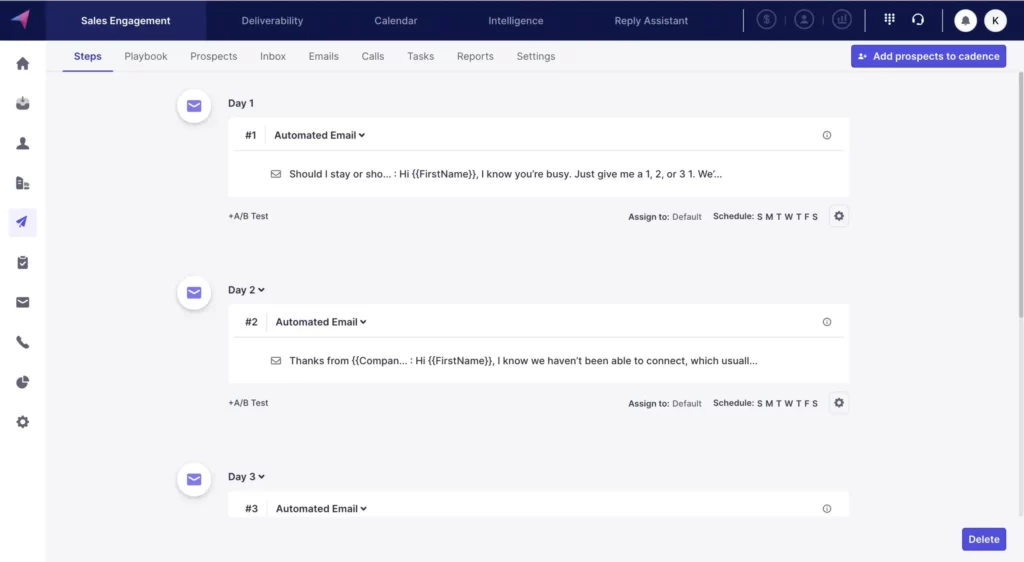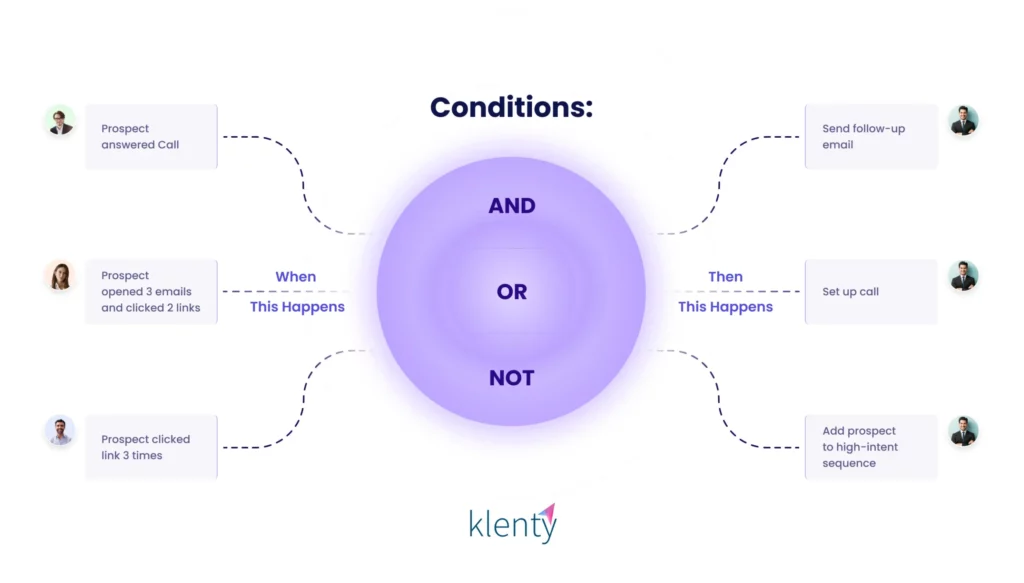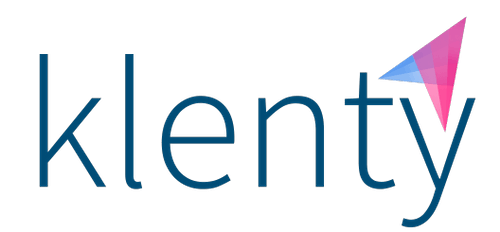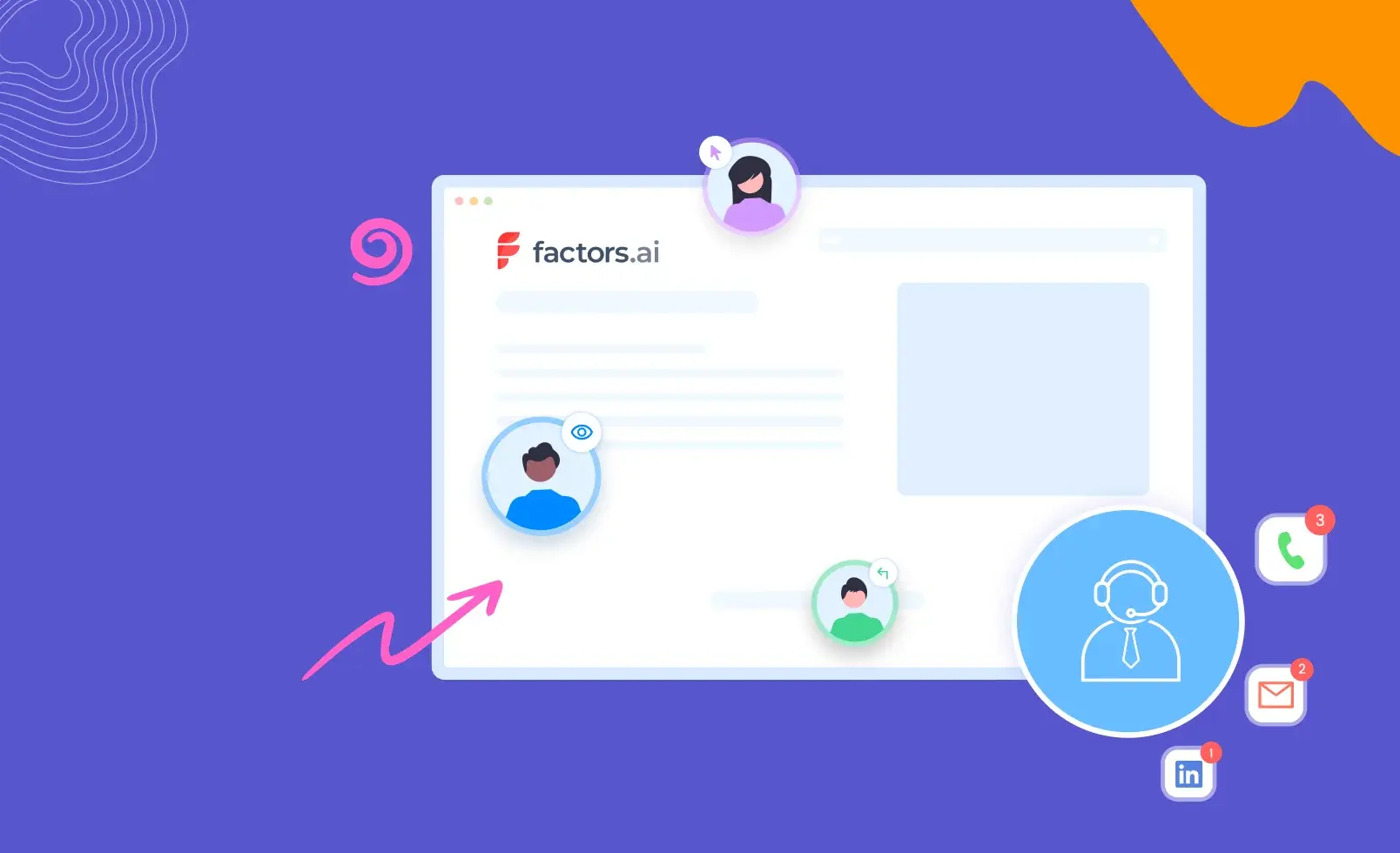B2B go-to-market teams allocate significant resources toward campaigns, events, and content to drive traffic to their websites. This is done with good reason: the website is a centralized destination for prospects to learn more about your product and take the next step in becoming paying customers through demo requests or sign-ups.
That being said, on average, only about 2% of this website traffic actually converts. Approximately 98% of visitors remain anonymous, given that they don’t submit demo requests or sign-up forms.
So, what can sales and marketing do to make use of this potential pipeline?
We show you how to use website visitor identification and sales engagement to identify and convert high-intent accounts that may have otherwise slipped through the cracks.
What Is Website Visitor Identification?
Website visitor identification reveals anonymous companies visiting your website and how they interact with your company—even without a contact form being submitted.
This is valuable for two BIG reasons:
- You can identify genuine, high-intent accounts and competitors who are on the prowl. Generate a list of high-intent accounts based on visitor behavior and firmographic features.
- You can identify which aspects of your website improve the visitor’s experience and which are hurting performance. Eliminate points of friction along the prospect’s journey and optimize sign-ups.
Note: You may be wondering how website visitor tracking differs from Google Analytics or other website analytics tools. In short, while GA can tell you how many people engage with your site, it cannot identify which companies they’re from.
How Does Visitor Identification Work?
Visitor identification uses reverse IP-lookup technology to identify companies visiting your website based on their IP address. Visitor identification tools tap into extensive 6sense databases to identify the following details, even if the visitor doesn’t submit any information:
- Company name
- Industry
- Revenue
- Headcount
- Geography
Can visitor identification tools find individual users visiting your site?
No. Visitor identification tools only identify company-level data. It’s against privacy compliance standards to track individual visitors without contact information submitted on their own accord.
Needless to say, website visitor identification is not perfect. There’s always a chance that visitor identification tools misidentify or fail to identify a particular visitor as a result of remote work, common workspaces, etc. In fact, even the most robust visitor identification tools will likely be able to identify only about 50% of anonymous visitors accurately.
That said, the ability to identify even half your anonymous visitors has several benefits to sales and marketing teams. Let’s explore a few of them.
Benefits of Website Visitor Identification
i) For Marketing Teams:
- Improve campaign performance: Rather than spray and pray budgets across multiple channels, marketing teams can identify which efforts drive their target audience to the website and allocate resources towards high-performing campaigns instead. For example, a B2B marketing team notices that organic social media is generating A LOT of website traffic as compared to organic search/SEO. However, using visitor identification, it’s revealed that most of this social traffic is from low-intent accounts who’re unlikely to convert. Instead, organic search seems to be driving fewer, but far more relevant traffic. In turn, the marketing team could decide to scale SEO efforts and cut down on organic social.
- Optimize website content: As previously mentioned, visitor identification tools identify and track visitor behavior. This provides valuable insights into what type of content and messaging on your website resonates most with the target audience. Optimizing content based on customer preferences will, in turn, result in better conversion rates.
- Expand lead generation: Marketers can effortlessly provide a list of qualified accounts to their sales team by identifying and ranking anonymous accounts based on how they engage with different pages on your website.
ii) For Sales Teams:
- Find Sales-ready Leads: Leading from the previous point, sales teams are far more likely to convert accounts who already visit the website since they’re already aware of the brand and its offerings. With visitor identification, sales teams can discover companies visiting high-intent pages like “pricing” or “schedule a demo” and capitalize on the low-hanging, untapped pipeline potential.
- Improve Sales Velocity: Research suggests that reaching out to prospects quickly dramatically improves the odds of conversion. Without visitor identification, sales teams would have to wait for visitors to submit contact information before reaching out to them.. With visitor identification, sales teams can target high-intent leads before they submit a form — and strike while the iron’s still hot.
- Personalize Sales Pitches: With visitor identification, teams can explore the prospect’s buyer journey, identify their pain points, use cases, and priorities based on website engagement. This is invaluable information for the sales team to tailor discovery and demo calls to better suit the prospect’s needs. Say, for example, a B2B sales engagement platform receives an ideal buyer on their website. This visitor proceeds to consume multiple blogs on cold calling. This provides a hint to the sales rep to focus on cold calling use cases during the discovery. This personalized selling approach will leave the prospect with a great experience when they are probably evaluating multiple tools.
How To Use Website Visitor Identification To Drive Sales Conversions?
So far, we’ve discussed what website visitor identification is and how it benefits sales and marketing. Now, let’s discuss how we can combine the benefits of a visitor identification tool with a sales engagement tool to drive sales conversions.
Here’s what the ideal workflow would look like:
- Attribute Traffic - Identify different traffic sources across campaigns, organic, social, and more. See which channels are driving high-intent visitors to the website.
- Deanonymize Visitors - Visitor identification reveals about half the anonymous accounts visiting the website as well as their firmographics (industry, revenue range, headcount, etc.) and behavior (page views, button clicks, and form submissions)
- Segment Visitors - Upon identifying companies visiting the website, create a list of high-intent accounts based on firmographics and visitor behavior. Once this list has been created, it’s a matter of identifying the right people to reach out to within each account.
- Outreach Campaigns: Have sales reps run personalized, multichannel outreach sequences targeted at identified high-intent accounts based on each segment's buying intent. These campaigns will run automatically in the background.
- More Sales: While identified prospects are being nurtured automatically, reps can focus on the most valuable deals, research prospects to personalize further outreach, and build relationships with accounts through multithreading to drive sales conversions.
Why Do factors.AI and Klenty Make the Perfect Combination To Improve Win Rates?
Factors.ai and Klenty can combine their powers to increase your conversions by:
i) Deanonymizing visitors: Find out from where or which campaign people visited. After extensive testing, the data shows that Factors.ai can achieve match rates (i.e., number of companies accurately identified out of 100) of up to 64%. This is nearly 30% better accuracy than the likes of Clearbit and Leadfeeder. With plans starting at $99/month, there’s really not too much to think about.

ii) Segment these visitors: Put visitors who arrived from different places into different buckets based on their buying intent. Some of them are simply window shoppers, some may be looking at alternatives, and some may be evaluating different solutions.

iii) Run multichannel, highly personalized outreach campaigns for different segments of visitors:
a) To the segment of visitors who have low buying intent, start a low-intent, nurturing sequence.

b) To the segment of visitors who are currently evaluating a tool or have consumed BOFU content, start a high-intent, personalized, multichannel sequence. The first step is a cold call to ensure a sales rep reaches out to them as soon as possible.

iv) Boost sales conversions. Now that the entire outreach sequence is automated, reps can focus more on building relationships with the prospects who showed interest and book more meetings.

